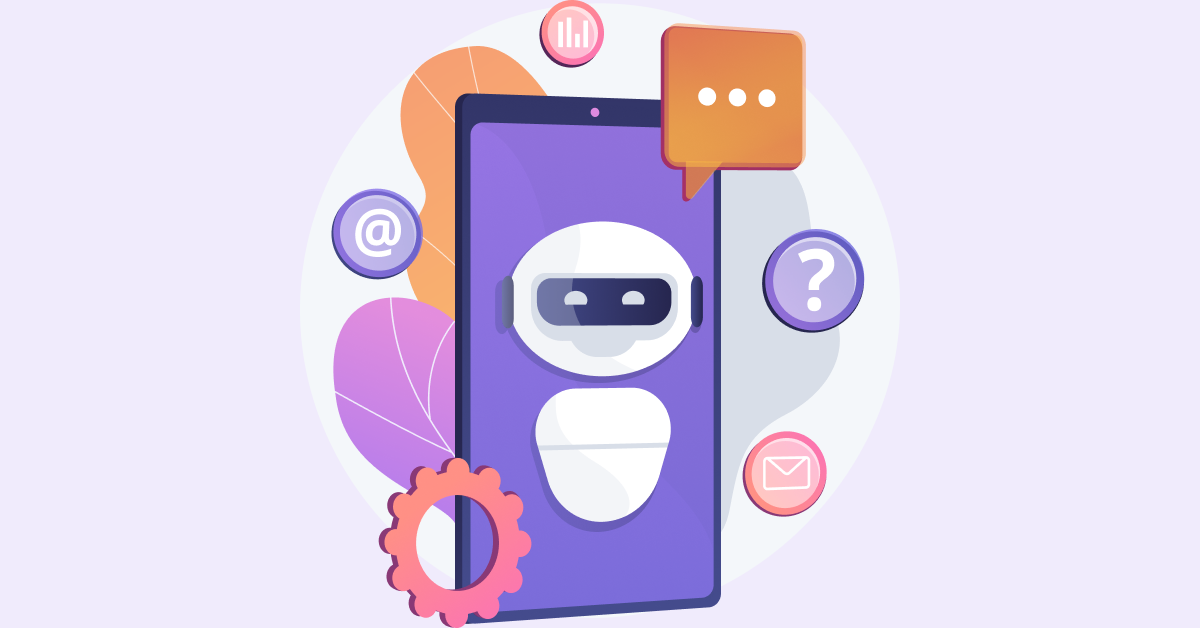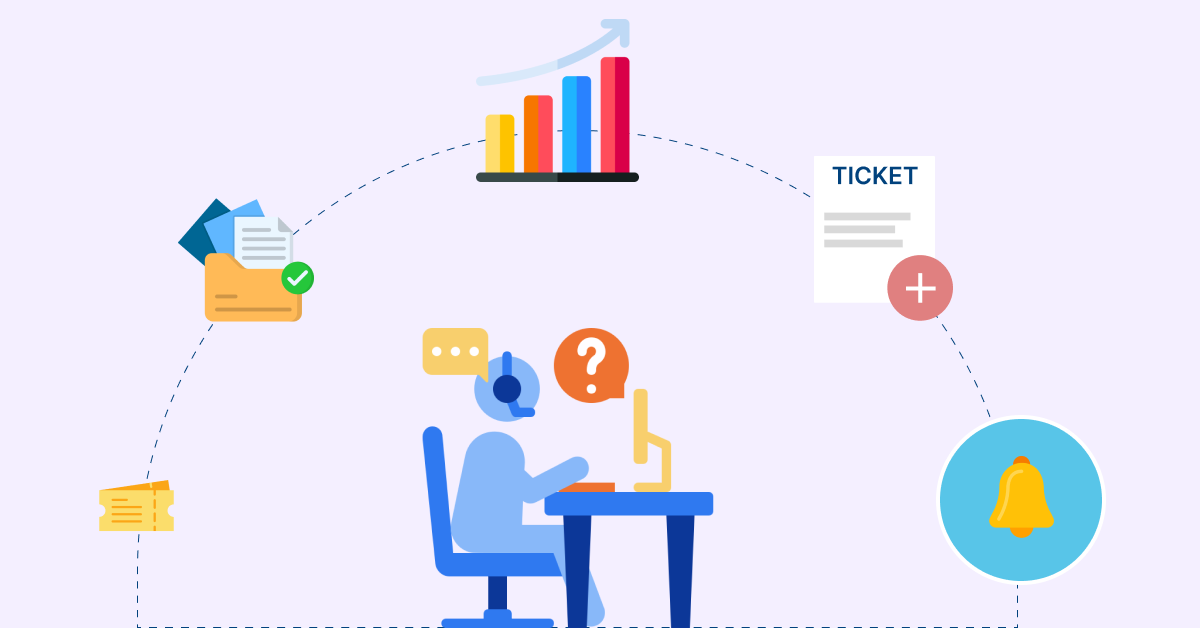1: Define the Business Goals
When it comes to implementing the best chatbot strategy, one of the first and most important steps is defining the business goals. A well-defined set of goals will drive the development and implementation of a chatbot, ensuring its success in meeting the business needs. They serve as the benchmarks to measure how effective the chatbot has been.
Let’s take an e-commerce business whose goal is to increase sales as an example. Their AI chatbot strategy must be centered around guiding customers through the purchasing process, providing product recommendations and offering personalized discounts. Defining the goal upfront will help the business align its chatbot’s functionalities to align with the objective.
Pro tips:
- Be specific: Clearly define what the business wants to achieve through the chatbot strategy. Vague goals can lead to ineffective strategies and wasted resources.
- Prioritize: Identify and focus on the goals that are most critical to the business. Trying to achieve too many objectives at once can dilute the efforts and hinder success.
- Align with customer needs: Ensure that the goals align with the needs and expectations of the target audience. Understanding their pain points helps businesses address them effectively through the chatbot.
2: Understand Your Target Use Case
Chatbots have emerged as one of the most powerful tools to enhance customer service and streamline business operations. Building a successful chatbot strategy requires careful consideration and planning. Understanding the target use case involves identifying the specific problem that will be addressed by the chatbot.
Consider a chatbot designed for an e-commerce website. The target use case could be to assist customers with product selection and provide quick answers to frequently asked questions. When the e-commerce business understands the use case, it can equip the chatbot with relevant product information and guided conversation flows to ensure a seamless customer experience.
Pro tips:
- Perform market research: Conduct thorough user research to gain insights into the target audience’s preferences, pain points and communication style.
- Focus on the main purpose: Keep the chatbot’s purpose focused and avoid overloading it with unnecessary features. A targeted and specialized approach will deliver better results.
- Analyze feedback: Regularly analyze user behavior to identify areas for improvement, refine the chatbot’s functionalities and enhance the user experience.
3: Choose the Right Platform
When developing a chatbot strategy, choosing the right chatbot platform is a crucial step that can make or break the success of the chatbot. A well-chosen platform will have a significant impact on the performance, functionality and scalability of the chatbot. The platform will determine the ease of development, integration with existing systems and overall user experience.
Let’s say you are building a customer service chatbot for a SaaS website. You will need a platform that offers seamless integration with the website’s backend systems. It should also provide natural language processing capabilities for a better understanding of user queries and allow easy customization of chatbot responses based on customer context.
Three key criteria to consider:
- Functionality: Ensure the platform offers the necessary features and functionalities to meet your specific chatbot requirements.
- User experience: Look for a platform that prioritizes user experience and enables you to create intuitive chatbots.
- Scalability and flexibility: Choose a platform that can scale with the growing chatbot needs and allows for easy maintenance.
4: Having the Right Balance of Live Chat & Chatbot
Having the right balance of live chat and chatbot interaction is a crucial step in building a successful AI chatbot strategy. The right balance is the one that integrates both human and automated responses in a way that enhances customer experience. Some customers may prefer the convenience and speed of chatbots. Others may require the assistance and empathy of a human agent.
A customer may visit a certain website and have a question about product availability. Here a chatbot can provide an instant response with accurate stock information. But if the customer has a more complex query or requires personalized assistance, the chatbot can seamlessly transfer the conversation to a live chat agent who can provide the necessary support.
Pro tips:
- Analyze customer interactions: Understand customer queries to identify the areas where chatbots can be most effective and where human assistance is necessary.
- Continuously train chatbots: Regularly update chatbots to ensure they have accurate and up-to-date information.
- Seamlessly transfer conversations: Implement a smooth transition process between chatbots and live chat agents, ensuring that customers are always connected with the right resource.
5: Develop the Right Set of AI Skills
Artificial intelligence (AI) has now become an integral part of various industries. One of the areas where AI is making a significant impact is the development of chatbots. They have massively transformed customer experiences and improved business efficiency. Developing AI skills is important because it allows chatbots to understand and respond to user queries efficiently.


















